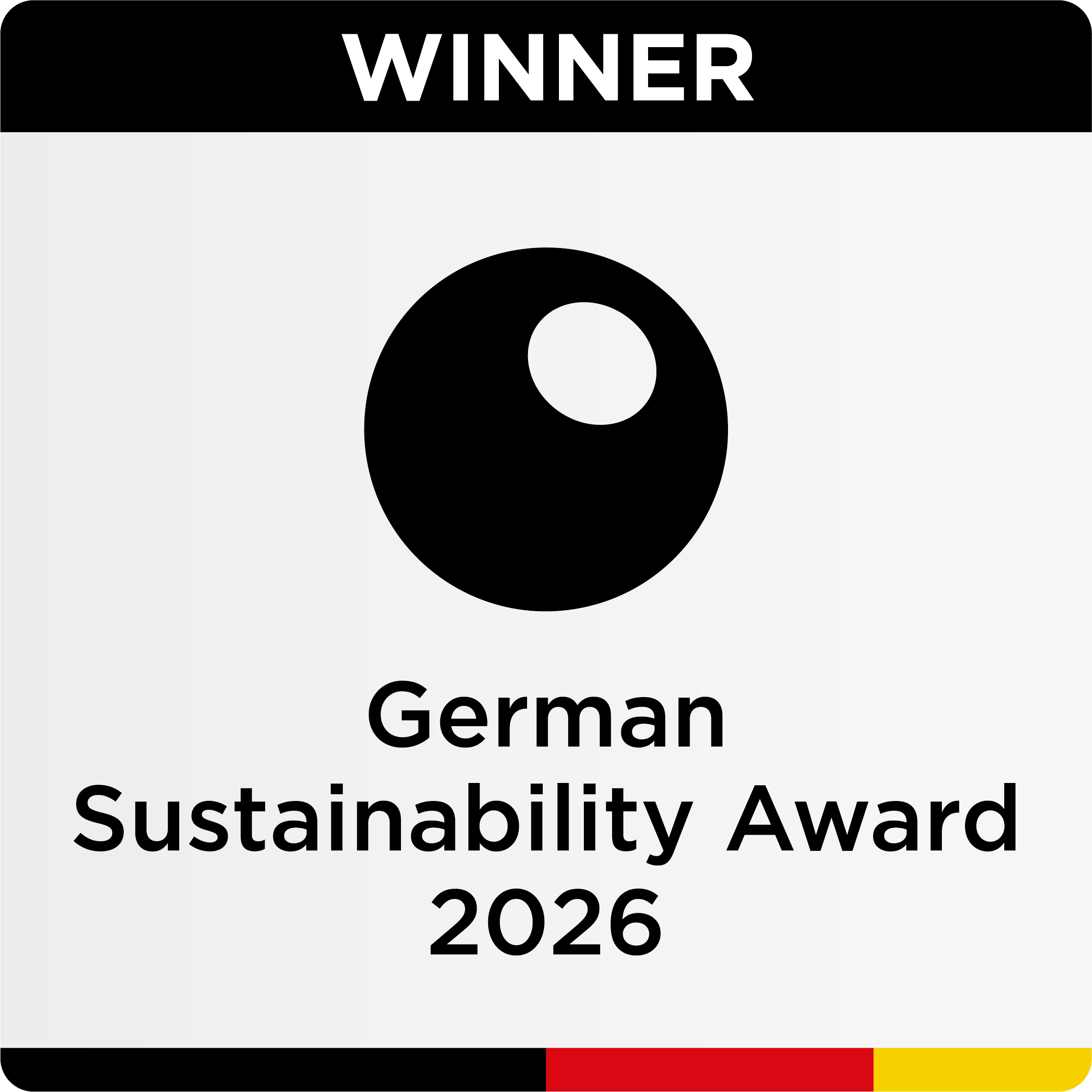
A Slow Travel Escape in Oberlausitz
After a long train journey across the country and a stopover in beautiful Leipzig, I arrive in the late afternoon at the easternmost corner of Germany.
With a warm smile and a heartfelt hug, Annett picks me up at the Mücka train station, and together we drive to the Mühlenherberge in Förstgen. When we arrive, I am absolutely surprised – the old mill, the café, and the guesthouse are so much more beautiful and lovingly renovated than I could have imagined. And ahead of me lie some truly unique days here, which I would love to dive into with you once more.
For three days, I get to stay at the Mühlenherberge Förstgen and, through my visit, support the Oberlausitz Nature Conservation Station. Not only can I spend time in the beautiful accommodation inside the old mill and enjoy the surrounding area, but I also get an insight into the work of the conservation station.
Shortly after arriving, I already feel myself slowing down. It feels as if time moves a little slower here – far from the hustle and bustle of the city. Life takes place in harmony with nature.
The Accommodation | From Old Mill to Guesthouse and Café
Annett tells me enthusiastically about the renovation, how much of the old mill they were able to preserve, and how the entire village helped with the project. A labour of love – you can sense it in every corner.
All through the house you’ll find traces of the old mill, like the creaking original wooden floors and the old machinery beautifully integrated into the cozy café’s interior. It really has character! Outside, there are tables where you can enjoy cake in the sun or under a huge old tree. And inside, you can sip your coffee beside a crackling fireplace.
But the real highlight awaits under the roof. Up there, it looks completely original, with much of the old mill still preserved. The rooms combine traditional furniture and stylish décor with modern renovated kitchens and bathrooms. Even here, the traces of the mill’s history shine through in the details. It’s a true feel-good place.
From my window, I look directly out at a beautiful large plum tree, and in the morning, fresh bread rolls from the bakery hang at my door.





The Sheep and Goat Herds | A Fluffy Four-Legged Welcome
Right next to the mill, I am greeted by cheerful young sheep and goats. They’ve been hand-raised and are especially tame, happily welcoming strokes and cuddles. The young ones are even softer than I expected. But that’s only the first small glimpse.
The next morning at 7 a.m., we head out to check on all the sheep and goat herds. We visit two grazing on meadows and one in the forest. While some keep their distance from people, others come running straight up to us. They practically beg for attention, and I feel like I’m in seventh heaven. These are the ones that had to be bottle-fed and are therefore especially affectionate.
My hosts, Annett and Stefan, speak with so much passion about their conservation work, the herds, the sweet quirks of individual animals, the everyday challenges, and their plans for the future. Even when the rain pours down, the work, of course, continues. You always have to be prepared for all weather here.
Every few days, the herds finish grazing one area and have to be moved a few hundred meters to a new patch with fresh grass.
There’s always something to do, and they welcome guests who are interested in conservation and eager to gain a deeper insight.



The Surroundings | Lakes, Parks, and Other Natural Treasures
In Upper Lusatia, there’s much more to discover beyond the conservation station. Several lakes, such as Lake Olba and Lake Bärwalde, invite you to cool off on warm summer days. And the “House of a Thousand Ponds” is a beautiful area where you can walk along wooden boardwalks across the ponds, climb lookout towers, and watch birds. A dream for soaking up impressions of untouched nature.
There are also activities for children, such as a small market where they can discover regional foods and educational signs along the Guttau Ponds nature trail to learn more about the animals. The visitor information center explains the UNESCO biosphere reserve, its mission, and the interplay between people and nature.
Nearby, you’ll also find the Nochten Rock Park, a unique landscape full of both small and giant boulders, well worth a visit.
And if you’re in the mood to explore towns, Bautzen and Görlitz are both worth seeing.
I thoroughly enjoyed discovering the surrounding area as well.

Eastern Upper Lusatia Nature Conservation Station
Stay at a historic mill and nature conservation project in East Germany. Help preserve one of the last shepherds in the region and to continue educational activities about species and nature conservation.
Learn moreConclusion
A stay at the socialbnb in the Oberlausitz Nature Conservation Station is truly a multifaceted experience. I was able to dive much deeper into the region than I would have at a regular accommodation. And at the same time, I could support the region’s conservation efforts. Isn’t that wonderful?
Contributed by Jill from Jillonjourney.com








